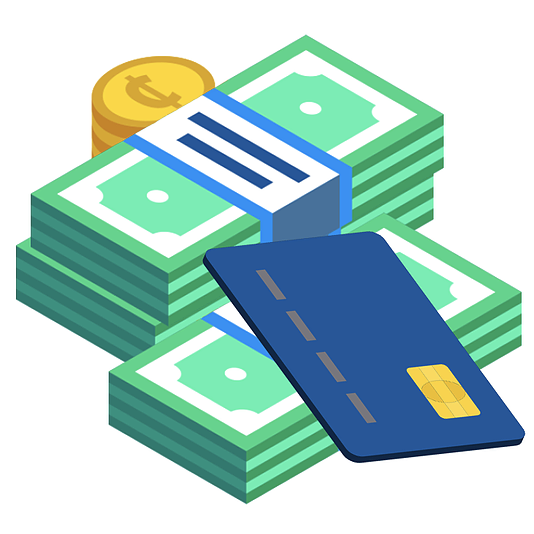The ability to keep track of what your loyalty program is actually costing you is the best way to secure your business’ monetary success while making your customers happy.
Every business success story begins with the golden buzzword: loyalty. In today’s burgeoning cannabis industry, loyalty is truly a key marketing ingredient to establish a thriving retail operation and to ensure customer retention. That said, when it comes down to the logistics, not every loyalty program is created equally. Most can boost sales and help you create lasting relationships with your devoted customers, but it is important to structure your loyalty program in the most financially sound way possible. In other words, the ability to keep track of what your loyalty program is actually costing you is the best way to secure your business’ monetary success while making your customers happy.
While many businesses employ a points per visit loyalty program structure, a points per dollar loyalty program structure is infinitely more measurable and will enable you to completely understand what your program is costing you on a percent of sales basis and therefore allow you to understand the financial impact that your program is having on your business from both a cost and return on investment (ROI) perspective
why is this the case?
With a visit-based loyalty structure, your company can benefit from customer retention and increased sales; however, this program will only allow you to track one thing successfully: customer visits. Because most loyalty programs are based on a percentage of sales, if you are distributing points to your customers by the visit, there will be no way to accurately correlate the ratio of points to dollars spent. For example, if a customer earns 50 points for each purchase they make at your shop, on any given visit, one customer can spend $20 while another can spend $100.
Now let’s review two examples and see how a visit-based points structure translates to a retailer’s cost. Let’s presume a customer can earn a $20 retail valued reward (a cost to the retailer of about $10) when earning 200 points which would be after they have visited the store four times. In one case, the customer spent $80 over his/her four visits and earned a $20 reward. In this example, on a gross basis, the retailer is giving away a reward that equates to 25 percent of sales, a percentage that is way too expensive and irresponsible from a financial standpoint.
In the second example, let’s presume the customer spent $150 over his/her four visits and redeemed for the $20 reward, in this example that gross cost to the retailer would be 15 percent. Again, way too high and costly. Now, let’s envision hundreds or even thousands of rewards being redeemed by your customers that each spent different amounts over their four visits getting them to their 200-point reward. This means that the reward value in percentage terms that you gave away was literally unique to each customer and hence impossible to aggregate and measure on a percent of sales basis. This means that there would be no way to accurately measure what your program is costing you on a percentage of sales basis, which then also means that you will have no way to measure the financial impact that your program is having on your business. You would be flying blind, not ever being able to ascertain your program performance from a financial standpoint.
Now, let’s look at how to structure your program in a way that allows you to measure all aspects and know exactly how it is performing. Let’s re-examine the above examples, employing a points-per-dollar structure. For your customer to have earned 200 points (based on a one point-per-dollar spent model), they would have spent $200 in your store. Now when they redeem their $20 reward, we know that you awarded them 10 percent of sales on a gross basis. Not only do you know this for this customer, but for all customers, since the math works the same for every customer participating in your program.
We also know the following: The $20 reward, which equates to 10 percent of sales on a gross basis, will net down to a cost to you, the retailer, of about 2 percent of total store sales after taking into account your discount from the retail price of your product (usually around 50 percent) to your cost for that product and slippage/breakage (which are the points that are earned by your customers but are never redeemed due to various factors).
Now that we know your program is costing you about 2 percent of sales, you can easily calculate the increased gross profit generated from your sales within the program and from there determine what your ROI truly is for your loyalty program. Once your formulas are set up, you will be able to measure this on a regular basis (quarterly and annually are the two standard measurement frequency periods) and insure your program is driving the results that you are expecting.
Bottom line, leave the points-per-visit method behind. With your marketing skills and a program that you can truly measure, you will be creating a winning formula for both your store and your customers.


